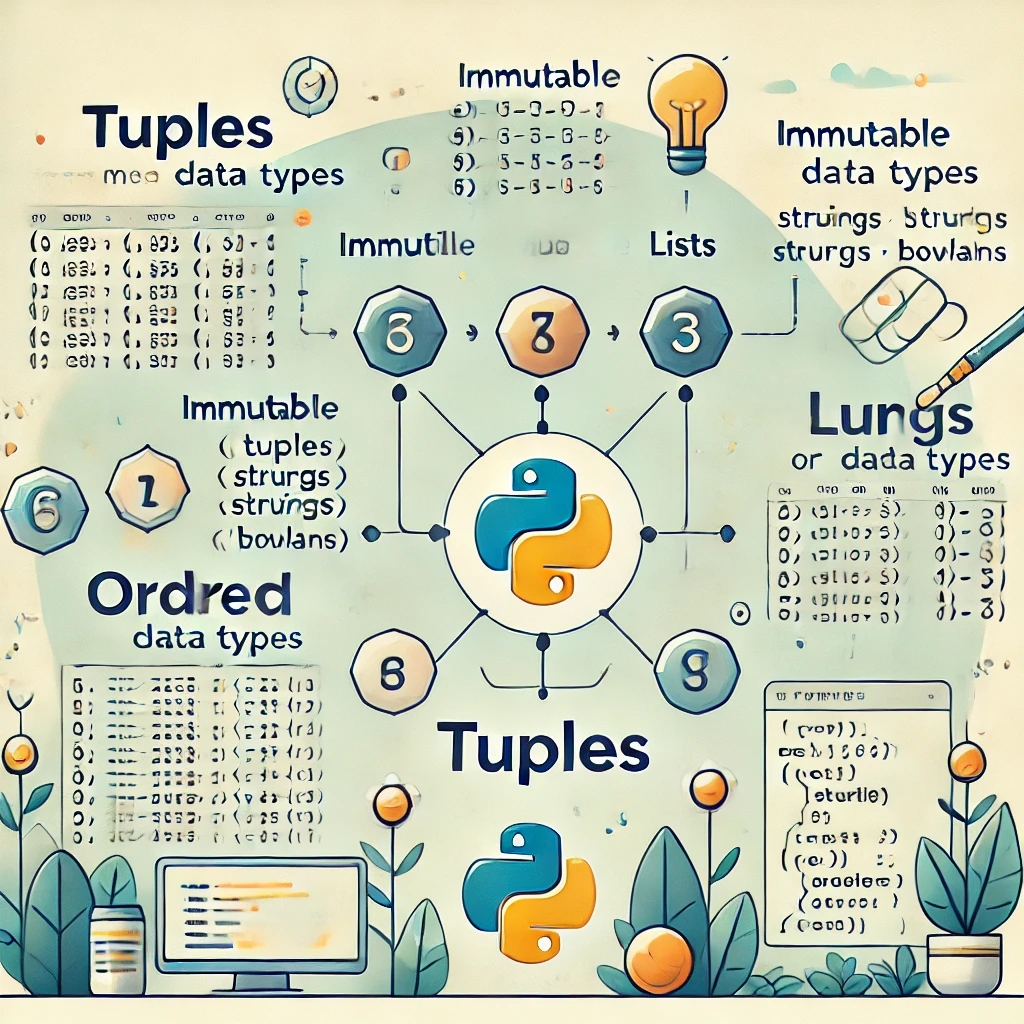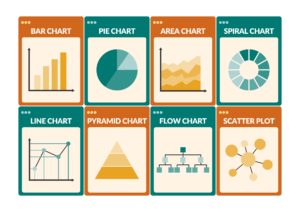Python Tuples
What are Tuples in Python?
Tuples are an essential data structure in Python, used to store multiple items in a single variable. Unlike lists, tuples are immutable, meaning once a tuple is created, its elements cannot be changed. They are defined by enclosing items in parentheses ().
Key Features of Tuples
Ordered: The elements have a defined order that does not change.
Immutable: Elements cannot be altered after the tuple is created.
Heterogeneous: Can store multiple data types.
Hashable: Tuples can be used as keys in dictionaries if they contain only hashable elements.
Creating Tuples in Python
Here is how you can create tuples in Python:
# Creating an empty tuple
empty_tuple = ()
print("Empty Tuple:", empty_tuple)
# Tuple with one element (note the comma)
single_element_tuple = (42,)
print("Single Element Tuple:", single_element_tuple)
# Tuple with multiple elements
multi_element_tuple = (1, 2, 3, 4, 5)
print("Multi-element Tuple:", multi_element_tuple)
# Heterogeneous tuple
heterogeneous_tuple = ("Hello", 3.14, True)
print("Heterogeneous Tuple:", heterogeneous_tuple)
Accessing Tuple Elements
You can access tuple elements using indexing and slicing.
# Example tuple
my_tuple = (10, 20, 30, 40, 50)
# Accessing elements using index
print("First element:", my_tuple[0])
print("Last element:", my_tuple[-1])
# Slicing a tuple
print("First three elements:", my_tuple[:3])
print("Last two elements:", my_tuple[-2:])
Tuple Operations
Tuples support various operations like concatenation, repetition, and membership testing.
# Concatenation
tuple1 = (1, 2, 3)
tuple2 = (4, 5, 6)
combined_tuple = tuple1 + tuple2
print("Concatenated Tuple:", combined_tuple)
# Repetition
repeated_tuple = tuple1 * 3
print("Repeated Tuple:", repeated_tuple)
# Membership
print("Is 2 in tuple1?", 2 in tuple1)
print("Is 7 not in tuple2?", 7 not in tuple2)
Tuple Methods
Tuples provide minimal built-in methods since they are immutable. The most common methods are count and index.
my_tuple = (1, 2, 3, 2, 4, 2)
# Count occurrences of an element
print("Count of 2:", my_tuple.count(2))
# Find the index of an element
print("Index of 3:", my_tuple.index(3))
Use Cases of Tuples
Storing fixed data: Tuples are ideal for storing data that should not change, such as geographic coordinates.
Dictionary keys: Since tuples are immutable, they can serve as keys in dictionaries.
Packing and unpacking: Tuples are often used to return multiple values from a function.
# Function returning multiple values
def calculate(a, b):
return a + b, a - b
result = calculate(10, 5)
print("Result Tuple:", result)
# Unpacking the tuple
sum_result, diff_result = result
print("Sum:", sum_result)
print("Difference:", diff_result)




